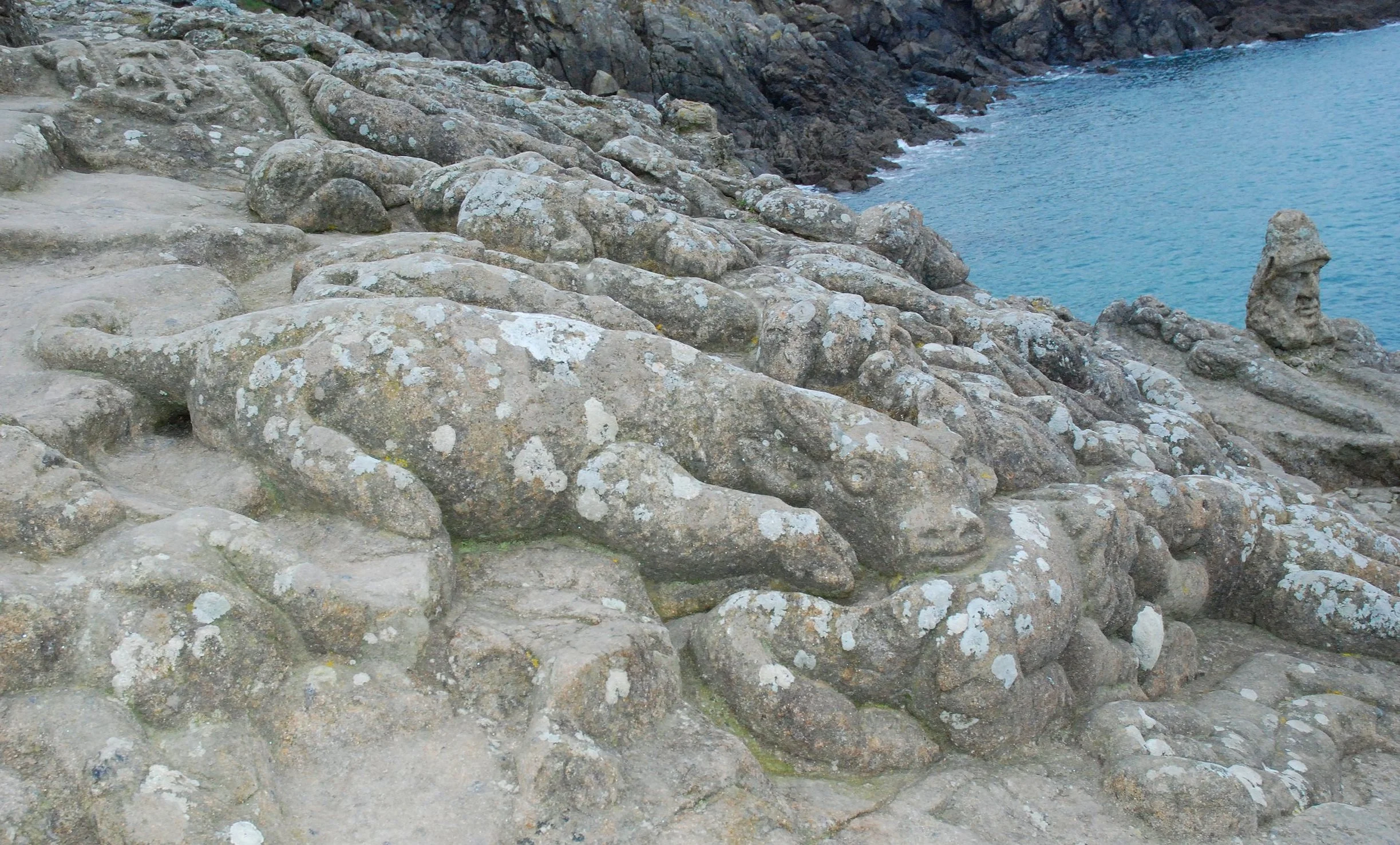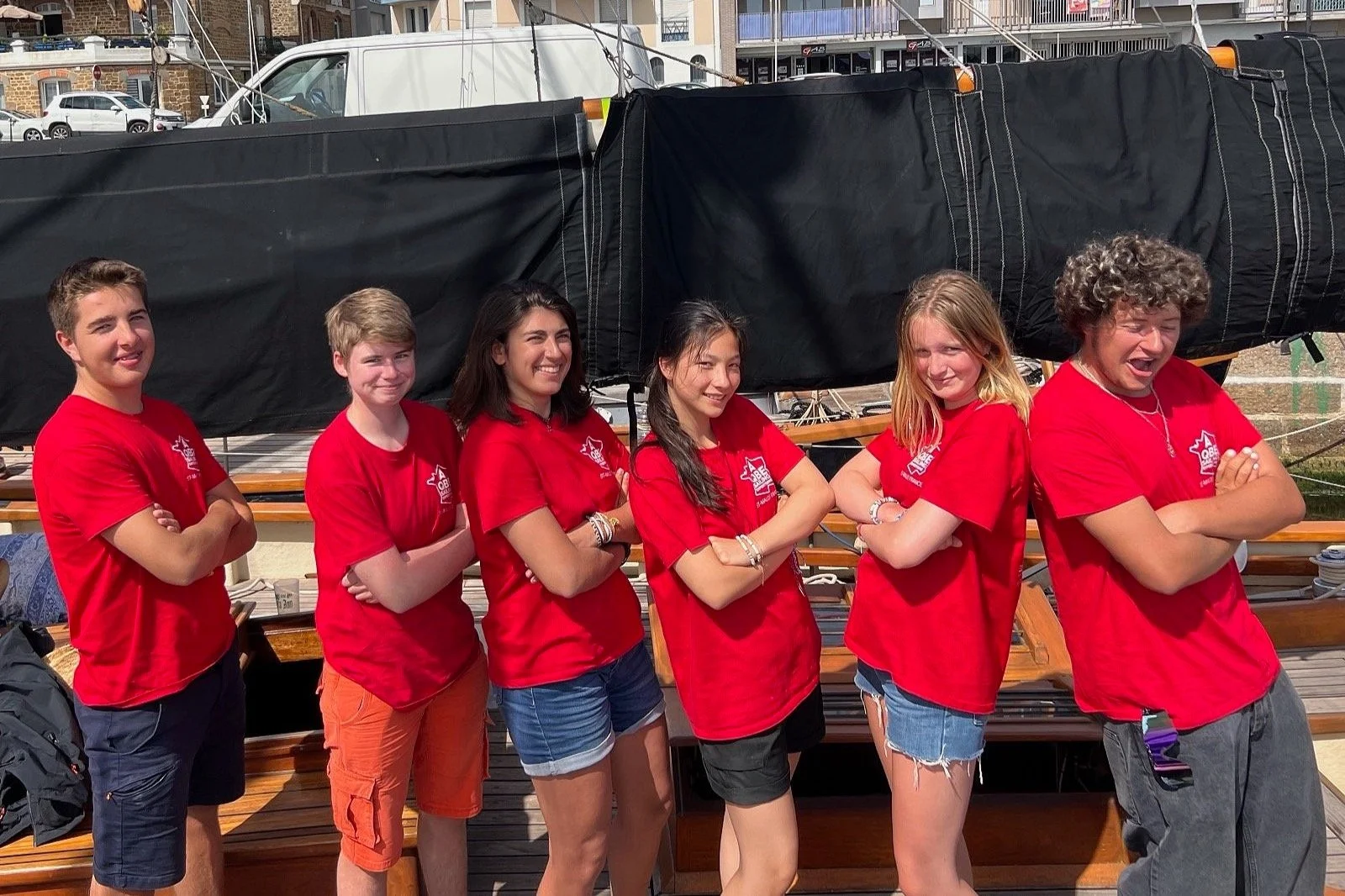In the “For-What-It’s-Worth-Department.” Excerpted from the The Week.
Seven ways to be the most interesting person in any room
Welcome to charm school
7. Live an interesting life.
Remember the theme of Don Quixote: If you want to be a knight, act like a knight. If you don't read, watch, and think about generic things, generic things are less likely to come out of your mouth. This doesn't need to be expensive or difficult. Hang out more often with the most interesting people you know. The friends you spend time with dramatically affect your behavior — whether you like it or not. The Longevity Project, which studied over 1000 people from youth to death had this to say: The groups you associate with often determine the type of person you become. In The Start-up of You, Reid Hoffman and Ben Casnocha talk about how the best way to improve particular qualities in yourself is to spend time with people who are already like that. The best and most reliable way to appear interesting is to live an interesting life [emphasis ours]. And to pursue that ends up being far more rewarding than merely making a good impression on others.
You can read the entire article here.


























